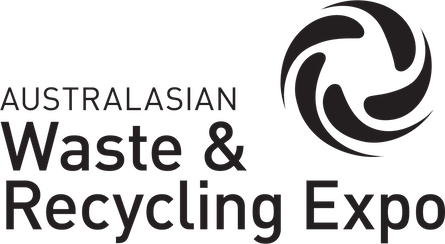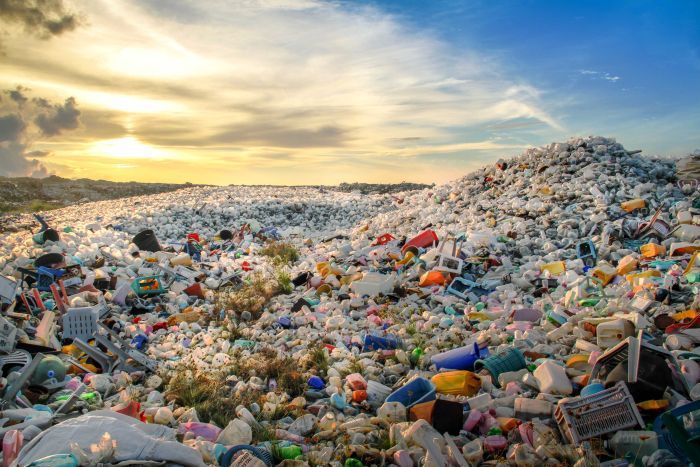Waste not, want not
When it comes to recycling our waste, Australians lead the world in many areas. For example, when it comes to newspaper recycling there is no other nation that does it better than us.
Our rate of kerbside recycling is 51 per cent of all household waste – compared to the average of 42 per cent of all 28 countries in the EU.
On top of this, the Australian Government is developing Alternative Waste Technologies (AWT) centres and is partnering with small business to move forward.
A recent challenge has presented itself, though, with China restricting imports on Australian plastic, textiles and mixed paper because of its high contamination rate from January 1, 2018.
This means the Australian Government needs to look at new ways to recycle waste.
A study by the Australian Government Department of Environment reveals there are three types of waste processes being utilised:
- Composting: organic matter in waste is broken down by microorganisms to produce a nutrient-rich soil product.
- Anaerobic digestion: organic matter is broken down by bacteria in the absence of oxygen. This produces biogas which is then combusted and can be used to heat boilers or to generate renewable electricity.
- Process engineered fuel manufacture: where organic matter in waste is processed to produce a solid fuel substitute that can be used to replace conventional fossil fuels.
This is very encouraging, but there is still plenty of work to be done. Here are three initiatives from around the world that Australia could learn from to further strengthen our position as global recycling leaders.
Money is no barrier towards recycling initiatives in Kenya
Despite having a variety of needs and challenges that are different to the Australian context, Kenya is one of the countries pioneering AWT.
Chardust is one of the leaders in making Charcoal Briquettes out of waste products.The company provides meaningful employment opportunities to at-risk youths such as school dropouts and ex-juveniles. They aim to unlock their potential, develop their skills and create successful futures for themselves and their families.
Evidently, this sort of circular economic system modelled in Kenya can provide a prime bridging point for the Australian Government, who may look to clamp down on excess spending.
The Briquettes by Chardust are made from refined and densified leftover agriculture and forest residues and are a sustainable and eco-friendly renewable fuel.
Developing nations, for the most part, are forced to consider the impact of waste and the need to produce sustainable and affordable sources because of poverty.
Turning trash into renewable energy
Another global leader is Sweden, who according to The Swedish Recycling Revolution, recycles half of the average household’s waste.
In addition, the nordic country sends less than one percent of trash to landfill and instead, its 32 WTE incinerators burn trash to produce steam that runs turbines at electric plants.
This sort of ingenuity and urgency could be modelled in the current Australian AWT climate.
The big business of waste management in South Africa
South Africa’s EnviroServ has been operating since 1979 and continues to find new ways to innovate in waste management.
It has a strong research arm and pays a keen interest in global trends to turn tyres into roads and mats and supporting schools and art companies with recycled products.
The key strategy has been procuring waste, innovating ways to upcycle it and then on-selling it to create a business model that is not only good for the environment, but highly profitable.
“At the end of the day, it is a partnership. We believe that our suppliers are critical to our success and if they are successful, we are successful,” head of procurement and supply chain Rakesh Seetal said.
Looking towards the future
Australians can take heed of the global initiatives that are currently working. For example, if we followed Sweden’s lead and burned waste we could reduce our volume of waste going to landfill to nil by 2050.
We are also working on our own innovations. The University of New South Wales (UNSW) is currently researching a model where waste processing depots would be installed on streets, eliminating the need for garbage trucks.
Residents could feed their waste into these microfactories and be paid for the raw material created, or they could take it home for use in 3D printers.
Globally, research continues into finding a way to unlock depolymerisation technology – which would extract the crude oil from plastics. At present, four percent of global oil is used to make plastic, which means we could assist the global plastic waste problem and not only reduce oil consumption but create an avenue to create more.
By looking over the fence at AWT technologies of other nations and continuing to develop our own, Australia can improve its waste recycling techniques even further in the coming years.
-
Subscribe to the latest industry news, insights and AWRE updates.
- Subscribe

